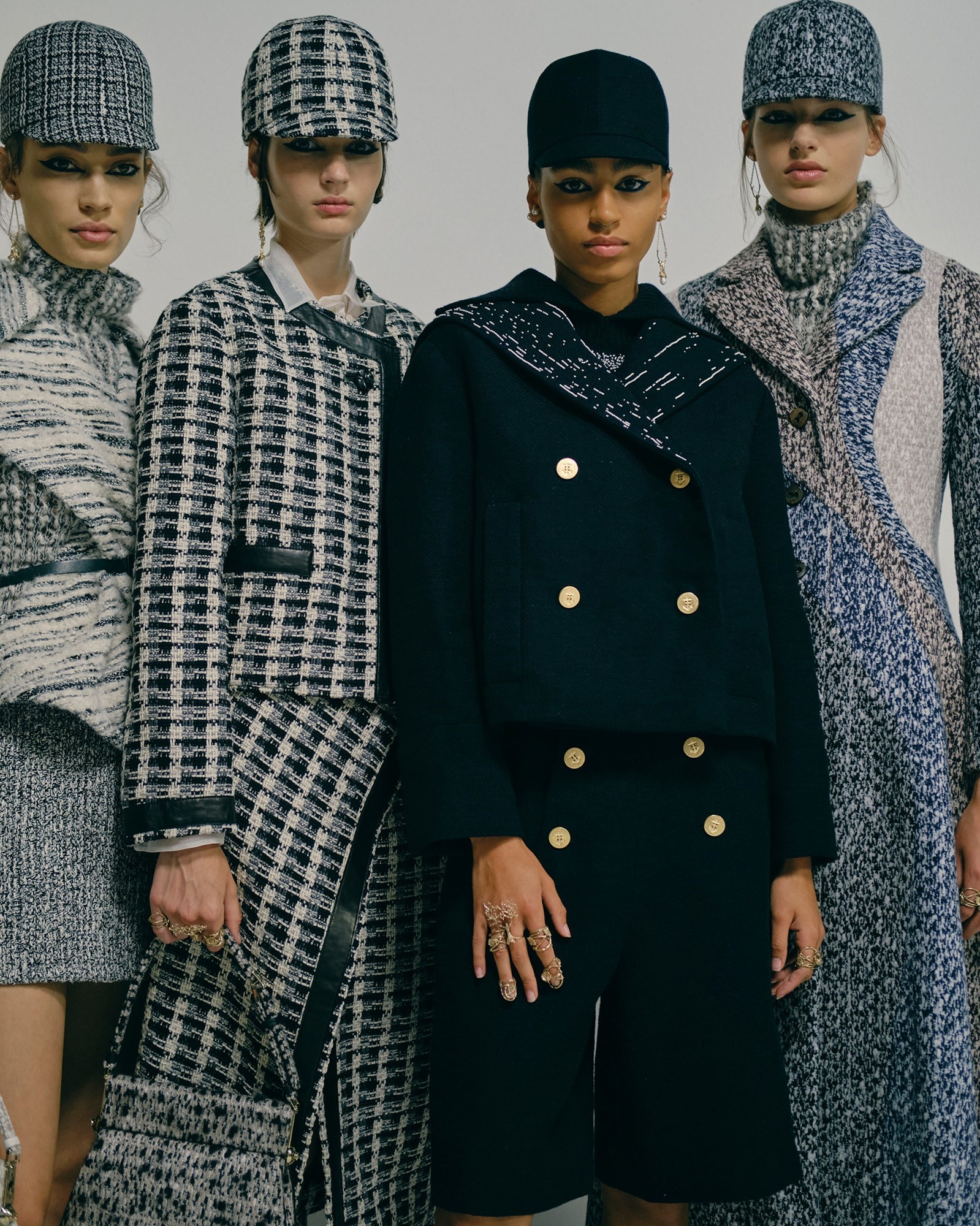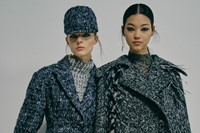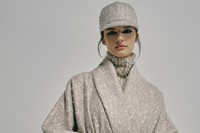Maria Grazia Chiuri went deep with her Dior haute couture collection this season. She always does: the clothes, however simple they appear, are framed with layers of complexity, interwoven with threads of thoughts and inspiration. Thread, incidentally, was her starting point this time, which sounds odd to state, given that it always is, with fashion. But Chiuri didn’t just sew her clothes with it, nor weave her fabrics: she devised custom threads, brushed and treated, made into tweeds and even knitted into couture sweaters, perfectly coordinating with fabrics. It was, she said, about the very meaning of couture, about the details. “Intimacy” was the word she used, again and again.
As she said it, we were distanced. Many were wearing masks. This haute couture season was the first since January 2020 to be staged physically, before live audiences – allowing an old-fashion intimacy much-missed. “No more Zoom!” Chiuri declared, laughing. “Please, no more.” And although many of the press – and Dior’s haute couture clientele – were still consuming these clothes via digital image, Chiuri wanted to pull those in the room in closer, emphasising minute details, hidden gems in the clothes, encouraging you to look deeper.
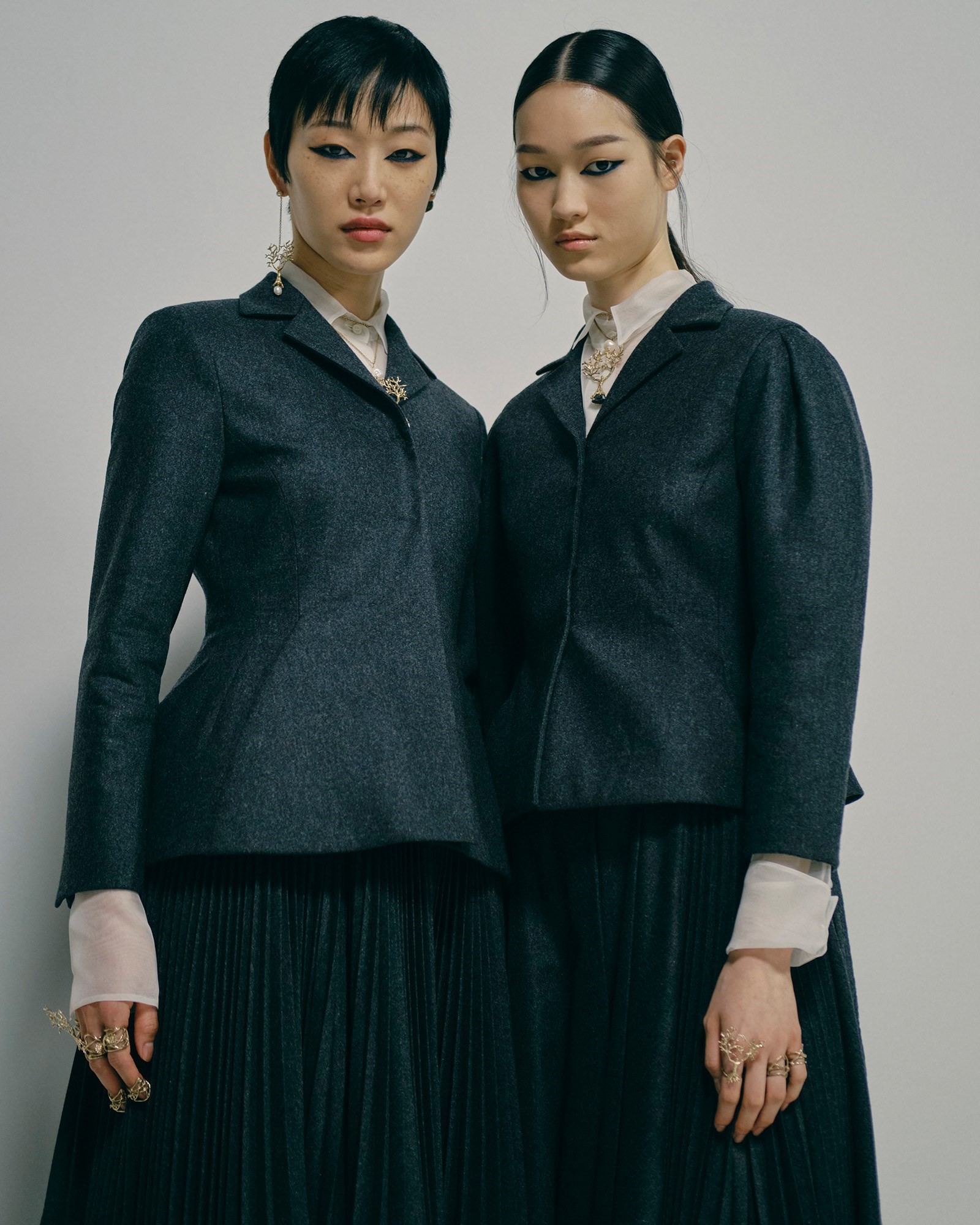
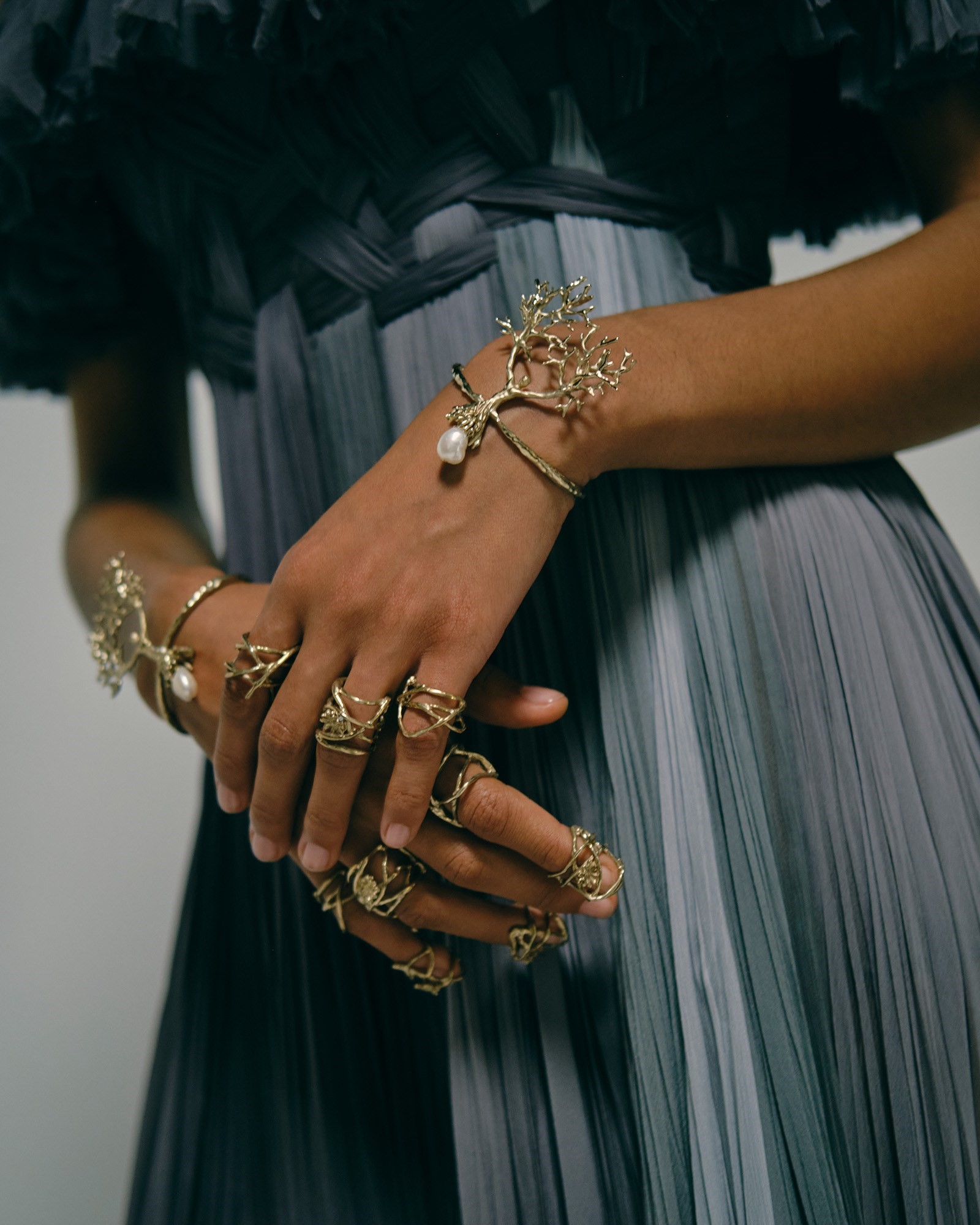
That idea of drawing people together through clothing was fundamental. “I am interested in the idea of the community of couture,” Chiuri stated – the communities of the workrooms, but also of artisans around the world. “I don’t think couture exists only in Avenue Montaigne,” she stated. “It’s in China, in India, in Italy.” Which is a progressive point of view for a designer mired in the storied, glorified world of Parisian fashion. Lucien Lelong, the early 20th-century couturier – and former boss of Christian Dior, before he founded his own maison – once stated “couture exists in Paris, or it does not exist at all.” Granted he was arguing against the export of couture lock, stock and barrel-back coat to Berlin by the Nazis during the occupation, but it reflected a general mood still present.
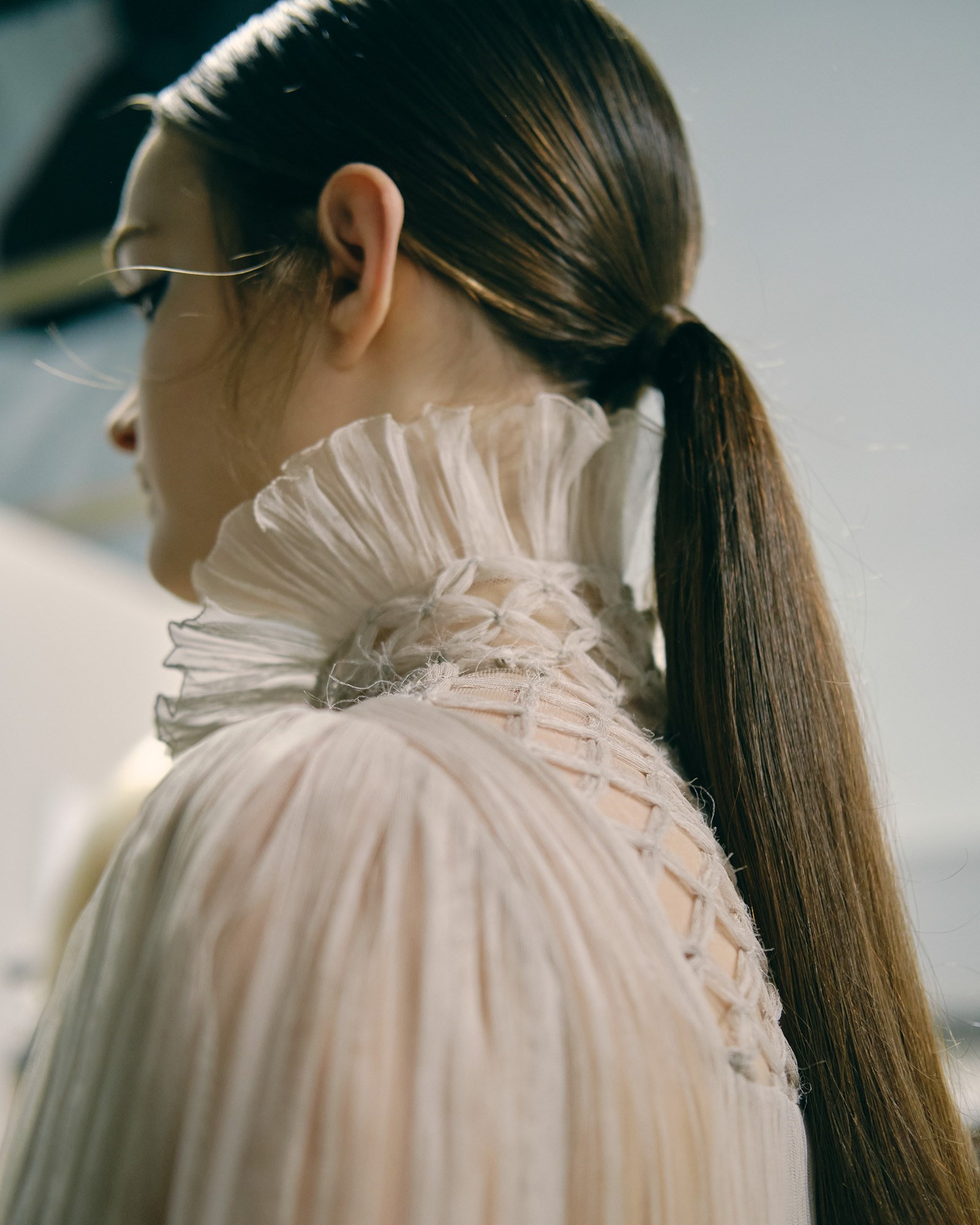

The French artist Eva Jospin created a whole world for the Dior show. Embroidered by Indian artisans, inspired by the Palazzo Colonna in Rome, the backdrop was a landscape of needlework, a universe of thread. And Chiuri’s work also drew together threads, many pulled from Dior’s heritage. The importance of thread, for instance, led her to Dior’s fascination with construction, resulting in Bar jackets where seams twisted around the body and asymmetric versions of its vast pleated wool skirt – albeit lightened. Feathers were embroidered on tulle to mimic tweed, and the sinuous draped chiffon gowns, intricately yet organically pleated, recalled not only rock foundations – security, bedrock, foundation – but moulage, the couture technique of draping to bring fabric to life on the stand.
Obviously, it takes an army to execute a show like this – and Chiuri paid homage to her community of craftspeople through these clothes. But it also celebrated a community of fashion finally reunited at the Paris haute couture shows to celebrate clothing at its most complex and labour-intensive. It drew us together like threads, too.
